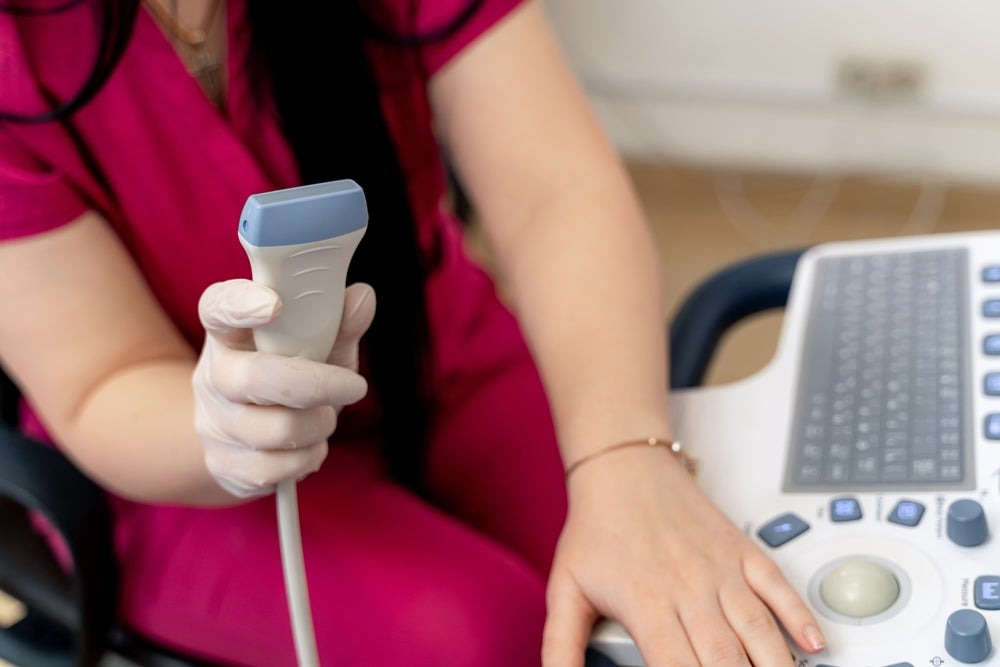Comment
Telehealth, AI, and the evolution of remote surgical assistance
Telehealth has greatly increased patient engagement during the pandemic while AI and remote patient monitoring can increase the chances of detecting diseases or conditions early with real-time monitoring.

Credit: Gorodenkoff/Shutterstock
The combination of telehealth, AI, and surgical innovation has advanced significantly. Remote surgical assistance can reduce human effort, improve patient outcomes, and reduce hospital stays. Additionally, remote surgical assistance can help address challenges such as physician shortages and improve healthcare delivery in underserved areas.
Telehealth, which involves connecting patients and doctors through easy-to-use software on smartphones or computers, has greatly increased patient engagement during the pandemic. AI and remote patient monitoring can increase the chances of detecting diseases or conditions early with real-time monitoring through wearables, pattern recognition, and predictive analysis. AI algorithms can analyse large amounts of patient data collected via remote patient monitoring devices and detect trends or issues. AI-powered robots can enable surgeons to perform surgical procedures in a different location from the patient, allowing for remote surgical assistance. Surgeons can operate remotely and directly on patients in remote clinics, completing previously difficult operations. This technology can help provide healthcare services to patients anywhere in the world.
The strategic move to revolutionise remote surgical assistance is represented by Medtronic‘s recent addition of live streaming capabilities to its Touch Surgery Ecosystem (TSE) and the extension of AI analytics within the Touch Surgery Performance Insights (TSPI) platform. It seeks to remove geographical obstacles, simplify surgical operations, and enhance post-procedural analysis with AI-driven insights. It also aspires to enable real-time observation of surgical procedures and improve patient outcomes. This multidisciplinary strategy not only tackles staffing shortages by boosting training opportunities and making surgeries less invasive and more efficient, but it also empowers surgeons and trainees with expanded educational possibilities.
Live streaming and AI-driven analytics are two developments that have the potential to revolutionise remote surgical assistance as the healthcare environment continues to change, ultimately benefiting patients, surgeons, and healthcare systems alike.
CGM can help people modify their dietary habits
CGM represents a complementary tool for people with GLP-1 medications to manage their conditions. CGM can help people modify dietary habits to reach wellness and weight loss goals, and the popularity of GLP-1 medications may expand the CGM application to weight management. The market boom has been reflected in the sales figures. Abbott’s FreeStyle Libre sales increased 25.5% to $1.4 billion in Q4 2023. Similarly, Dexcom’s revenue grew 27% to $1.03 billion in the same period.
While GlobalData does not foresee a significant risk from GLP-1 medications on the insulin pump market in the short term, the long-term impacts appear somewhat gloomy. The target users of insulin pumps are insulin-dependent patients: GLP-1 medications can help to improve blood sugar control and reduce the need for additional insulin in patients with type 2 diabetes. It can also delay the need for insulin and limit progression for patients with type 2 diabetes who have not taken insulin yet. However, as the device penetration of insulin pumps is less than 1% of type 2 diabetes patients, according to GlobalData, the overall impact seems to be more moderate.
The mine’s concentrator can produce around 240,000 tonnes of ore, including around 26,500 tonnes of rare earth oxides.
Gavin John Lockyer, CEO of Arafura Resources
Total annual production


Caption. Credit:
The mine’s concentrator can produce around 240,000 tonnes of ore, including around 26,500 tonnes of rare earth oxides. As mining processes improve and the facility begins to push towards this output maximum, this could prove to be a source of rare earths on a much larger scale than many of the high-potential, yet unproven, exploration-stage projects in the country.
While China’s rare earth production remains orders of magnitude greater than Australia’s, large-scale and well-established projects such as the Mountt Weld facility could be Australia’s best chance to threaten Chinese rare earth production on a large scale.
$345m: Lynas Rare Earth's planned investment into Mount Weld.

Phillip Day. Credit: Scotgold Resources

Caption. Credit: